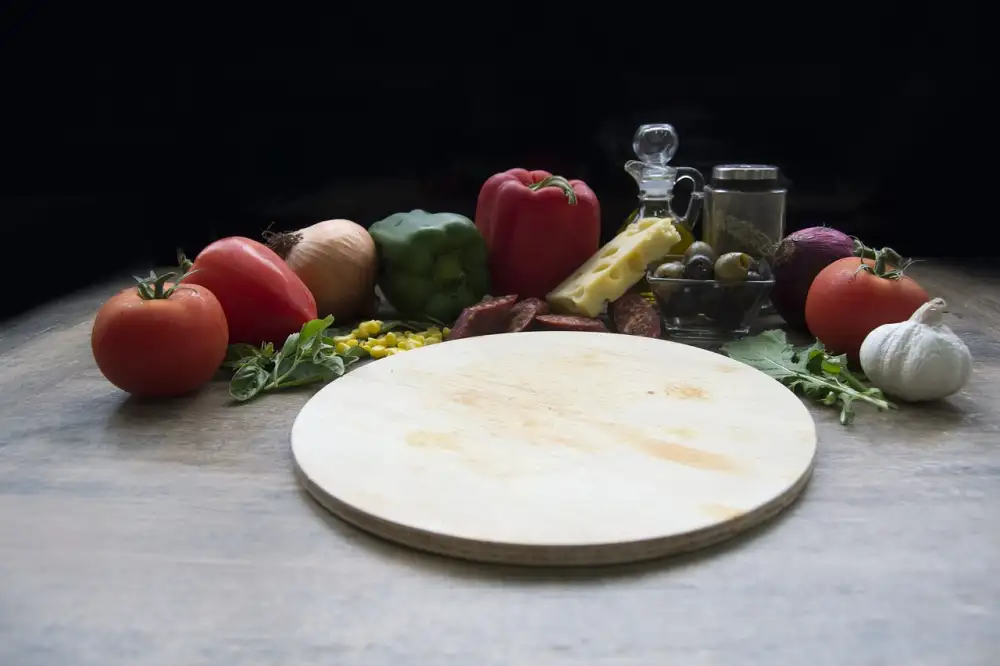Deliciously Versatile: Unleashing the Magic of Shredded Beef in Culinary Creations

Shredded beef, a versatile and flavorful ingredient, is created by slow-cooking beef until it becomes tender and easily separable into thin strands. This cooking method results in meat that is juicy, succulent, and packed with rich flavors. Shredded beef can be made from various cuts of beef such as chuck roast, brisket, or flank steak. Its tender texture and ability to absorb seasonings make it a popular choice for a wide range of dishes across different cuisines. Whether used in tacos, sandwiches, salads, or soups, shredded beef adds depth and complexity to any recipe it graces.
How to Cook Shredded Beef
To cook shredded beef, start by selecting the right cut of meat. Chuck roast or brisket are ideal choices due to their marbling and flavor. Season the beef with salt, pepper, and any desired spices. Sear the meat on all sides in a hot pan to lock in juices. Next, transfer the beef to a slow cooker or Dutch oven with broth or sauce of choice. Cook on low heat for several hours until the meat is tender and easily shreds with a fork. Shredded beef can also be made in an Instant Pot for quicker results.
Popular Dishes Using Shredded Beef
Shredded beef is a versatile ingredient that can be used in a variety of delicious dishes. One classic dish is the Mexican favorite, Birria, where shredded beef is slow-cooked with a blend of spices and served in tacos or as a stew. Another popular dish is the Vietnamese Pho, a fragrant noodle soup topped with tender shreds of beef. In the United States, shredded beef is often used in BBQ sandwiches or as a topping for loaded fries. Its rich flavor and tender texture make it a perfect addition to dishes like beef enchiladas, beef burritos, and beef stir-fry. The possibilities are endless when it comes to incorporating shredded beef into your culinary creations!
Health Benefits of Shredded Beef
Shredded beef offers several health benefits due to its nutrient profile. It is a great source of high-quality protein, essential for muscle growth and repair. Additionally, shredded beef contains important vitamins and minerals such as iron, zinc, and B vitamins like B12 and niacin. Iron is crucial for oxygen transport in the body, while zinc supports immune function and wound healing. B vitamins play a role in energy metabolism and nervous system function. When prepared with lean cuts of beef and minimal added fats, shredded beef can be a nutritious addition to a balanced diet.
Tips for Buying and Storing Shredded Beef
When buying shredded beef, opt for cuts like chuck roast or brisket as they are flavorful and tender when cooked slowly. Look for marbling in the meat, which indicates tenderness and juiciness. Ensure the beef is fresh by checking the color – it should be bright red without any gray spots. When storing shredded beef, place it in an airtight container or wrap tightly in plastic wrap before refrigerating. Use within 3-4 days or freeze for up to 3 months for optimal freshness and taste.
Shredded beef is a versatile and delicious ingredient that can elevate a wide range of dishes, from tacos to sandwiches to salads. Its rich flavor and tender texture make it a favorite among food enthusiasts worldwide. By mastering the art of cooking shredded beef and exploring different culinary creations, you can truly unleash its magic in your kitchen. With its nutritional benefits and ease of storage, shredded beef is not only flavorful but also a practical choice for meal prep. So next time you're looking to add some excitement to your meals, consider incorporating shredded beef into your recipes for a delightful culinary experience.
Published: 15. 04. 2024
Category: Food



